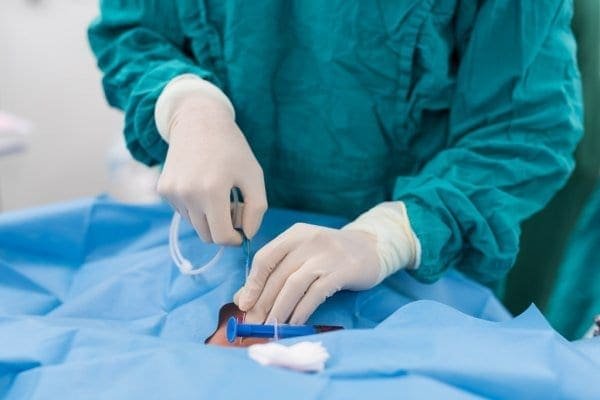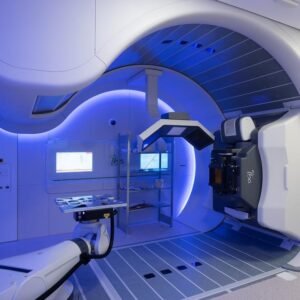What is Endovascular treatment?
Endovascular treatment is a catheter guided cancer therapy injects the drug only around the cancer area, instead of whole-body administration. This minimizes the dosage of drugs and damage to surrounding healthy organs.
How endovascular treatment works
Endovascular therapy is a specialty Taqtik offers through several different service providers. The procedure is performed by inserting a thin catheter into the blood vessels from the femoral artery without any direct cutting to the body. A small dose of an anti-cancer drug is than applied in a relatively painless experience to the area that is effected. The side effects of anti-cancer drugs are often minor.
Due to the time it takes for the procedure to complete, a 2-3 day period is required for the effectiveness of the treatment.
The step-by-step process
- On arrival, an image diagnosis is performed. The blood vessels leading to the lesion are accurately depicted with CT and MR. These image inspections are performed on an outpatient basis. Three-dimensional imaging of blood vessels, arteries that nourish tumors, and tumor shapes is performed with the latest examinations. The time required for the inspection is about 15 minutes.
- Treatment – In the treatment room, local anesthesia is performed mainly at the base of the foot, and a catheter is inserted from here into the aorta. A microcatheter with a diameter of about 1 mm is inserted into the catheter and advanced to the target artery. Next, check whether the tip of the microcatheter is in the optimal position using CT. Drugs are injected through the microcatheter and then embolization is performed to stop blood flow to the tumor. The average treatment time is about 1.5 hours to 2 hours.
- After treatment – After treatment, the rest time on the bed is 3 hours, after which you can walk. Hospitalization is one or two days after surgery.
Possible complications – Complication may occur due to catheter operation, anticancer drugs, embolization, or body reaction. Generally, there are not many serious complications, but the reaction varies from person to person. Many improve during hospitalization for 3 days and 4 days, but fever may continue for about a week. Rest at home for 10 days is recommended. - At home follow-up – About 1 month later, you will have an outpatient follow-up. We will determine the effect of treatment and determine the future treatment policy.




